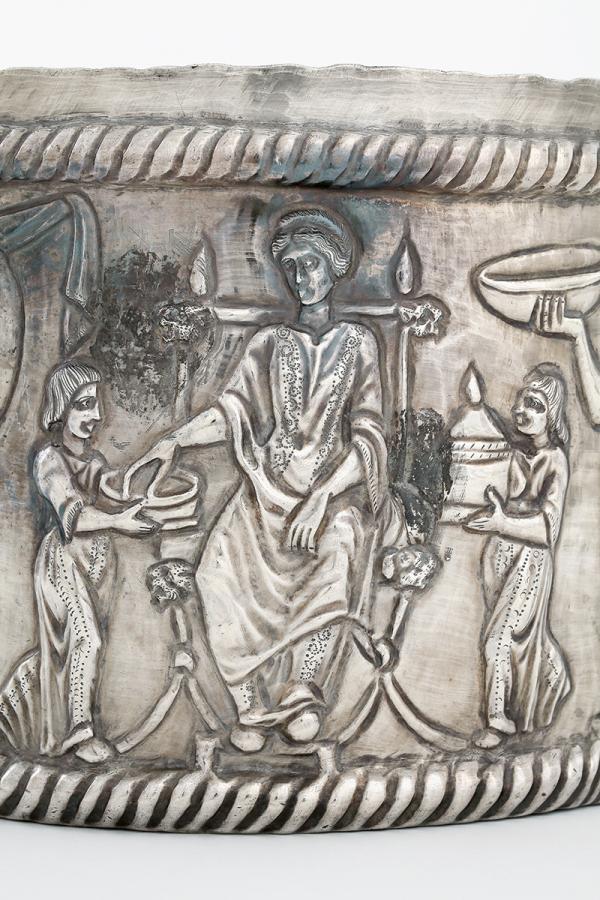Art historical interpretation
The art historical evaluation of the Seuso treasure is based on the stylistic analysis of the objects, with the ultimate aim of determining stylistic groups and schools, as well as of defining the artistic quality of the individual objects and of distinguishing quality groups within the assemblage. Using this approach as a springboard, we can contextualise the style of the silver vessels within the eastern and western Mediterranean stylistic trends of the 3rd to 5th centuries, and we are able to date the objects based on their stylistic traits, in addition to defining their artistic and cultural position in late Roman silverware production. In collaboration with the sub-project Iconography, mythology, special attention is accorded to the art historical examination of both the figurative representations and the ornamental vocabulary, as well as to the artistic interplay between them. We also address the issue of how—and in what chronological order—the family which had last owned this silverware in Antiquity had acquired the individual items, and of the role of the imagery on the vessels, as well as of the tableware itself, in the elite’s self-identification in Antiquity.
Head of the sub-project: Ádám Bollók, archaeologist, research fellow, Institute of Archaeology, Research Centre for the Humanities

